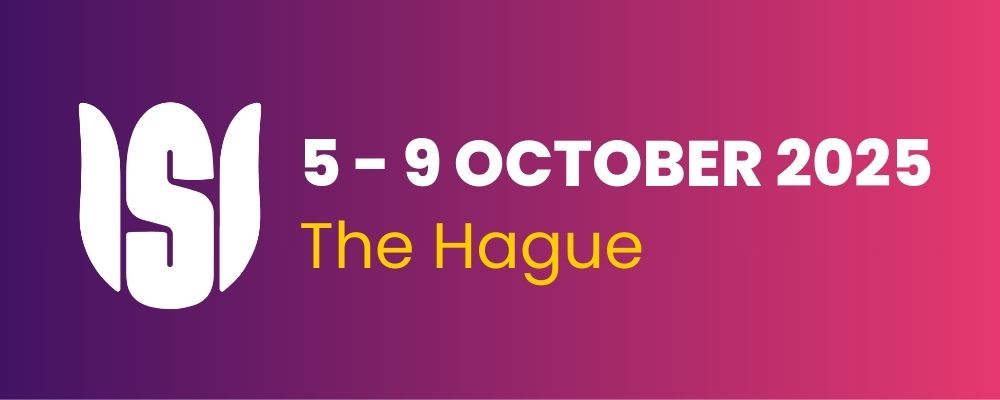Development of ‘(De Facto) Living Population’ Statistics to Support Depopulation Regions
Conference
65th ISI World Statistics Congress
Format: IPS Abstract - WSC 2025
Session: IPS 1105 - Statistics in South Korea
Wednesday 8 October 9:20 a.m. - 10:30 a.m. (Europe/Amsterdam)
Abstract
As societies become more mobile and digitalized, traditional population statistics based on resident registration data face increasing limitations in capturing real-time population dynamics. In response, Statistics Korea (KOSTAT) introduced the concept of the (De Facto) Living Population in 2023, supported by the enactment of the Special Act on Support for Depopulation Regions. This innovative statistical approach incorporates not only registered residents, but also staying and visiting populations, including foreign nationals who are actively engaged in specific regions.
Using big data sources such as mobile phone location data and credit card transactions, KOSTAT classifies the living population into three categories: resident population, staying population (short-term stays for commuting, tourism, shopping, healthcare, etc.), and foreign population. The data are processed to reflect daily and weekly changes in actual population presence, enabling the production of high-frequency and real-time statistics.
The (De Facto) Living Population data have proven especially useful for policy planning, regional economic analysis, transportation management, and service delivery—particularly in depopulation regions, where temporary population inflows may greatly exceed resident counts. Pilot applications in areas such as Jeju and Gokseong County show that staying populations can be multiple times larger than the resident population, providing new insights into regional vitality.
This presentation will share the conceptual framework, methodology, and use cases of the (De Facto) Living Population, as well as future directions for expanding this statistical innovation as part of Korea’s evolving data-driven governance.
